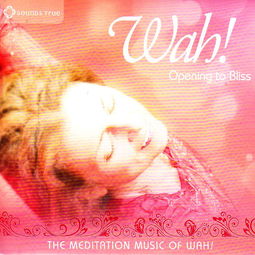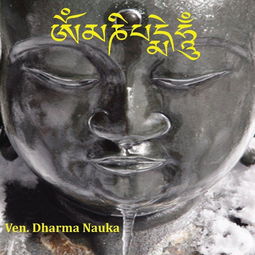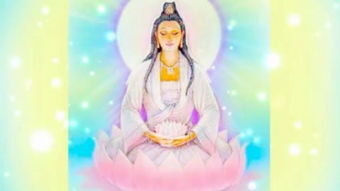
Om Mani Padme Hum: A Deep Dive into the Mystical Mantra
The mantra “Om Mani Padme Hum” is one of the most sacred and powerful chants in Tibetan Buddhism. It is often chanted by practitioners to invoke the blessings of Avalokiteshvara, the Buddha of Compassion. This article delves into the origins, meanings, and significance of this mantra from various dimensions.
Origins of the Mantra

The mantra “Om Mani Padme Hum” is believed to have originated from the teachings of the Buddha Shakyamuni. It is mentioned in the “Tibetan Book of the Dead,” an ancient text that provides guidance for the deceased on their journey to enlightenment. The mantra is also found in the “Bodhisattva Vow,” a sacred text that outlines the path to becoming a Buddha.
Meaning of the Mantra

The mantra “Om Mani Padme Hum” consists of four syllables, each with its own meaning:
| Syllable | Meaning |
|---|---|
| Om | Represents the universe and the ultimate reality |
| Mani | Refers to the jewel or the precious gem, symbolizing the purity of the mind |
| Padme | Means lotus, representing the pure and blameless mind |
| Hum | Is a form of address to Avalokiteshvara, the Buddha of Compassion |
Together, these syllables convey the message that within the lotus, which symbolizes the pure mind, there is a precious gem, representing the potential for enlightenment in all beings.
Significance of the Mantra

The mantra “Om Mani Padme Hum” holds immense significance in Tibetan Buddhism for several reasons:
-
Compassion: The mantra is associated with Avalokiteshvara, the Buddha of Compassion. By reciting it, practitioners cultivate compassion and empathy towards all sentient beings.
-
Enlightenment: The mantra is believed to purify the mind and help practitioners on the path to enlightenment. It is often chanted during meditation sessions to deepen spiritual practice.
-
Protection: The mantra is considered to offer protection from negative forces and obstacles. It is often chanted during rituals and ceremonies to invoke the blessings of the Buddha.
-
Healing: The mantra is believed to have healing properties. It is often chanted for the well-being of oneself and others, including those who are sick or in distress.
Practical Applications of the Mantra
Practitioners of Tibetan Buddhism use the mantra “Om Mani Padme Hum” in various ways:
-
Meditation: The mantra is often chanted during meditation sessions to focus the mind and cultivate mindfulness.
-
Mantra Practice: Some practitioners recite the mantra for a specific number of times, such as 100,000 or 1 million, as a form of spiritual practice.
-
Chanting Circles: In some communities, practitioners gather to recite the mantra together, creating a powerful and harmonious energy.
-
Religious Rituals: The mantra is often chanted during religious ceremonies, such as the Kalachakra ritual, to invoke the blessings of the Buddha.
Conclusion
The mantra “Om Mani Padme Hum” is a profound and sacred symbol in Tibetan Buddhism. Its origins, meanings, and significance are deeply rooted in the teachings of the Buddha and the practice of compassion. By exploring the various dimensions of this mantra, we gain a deeper understanding of its power and the potential for enlightenment it holds.






